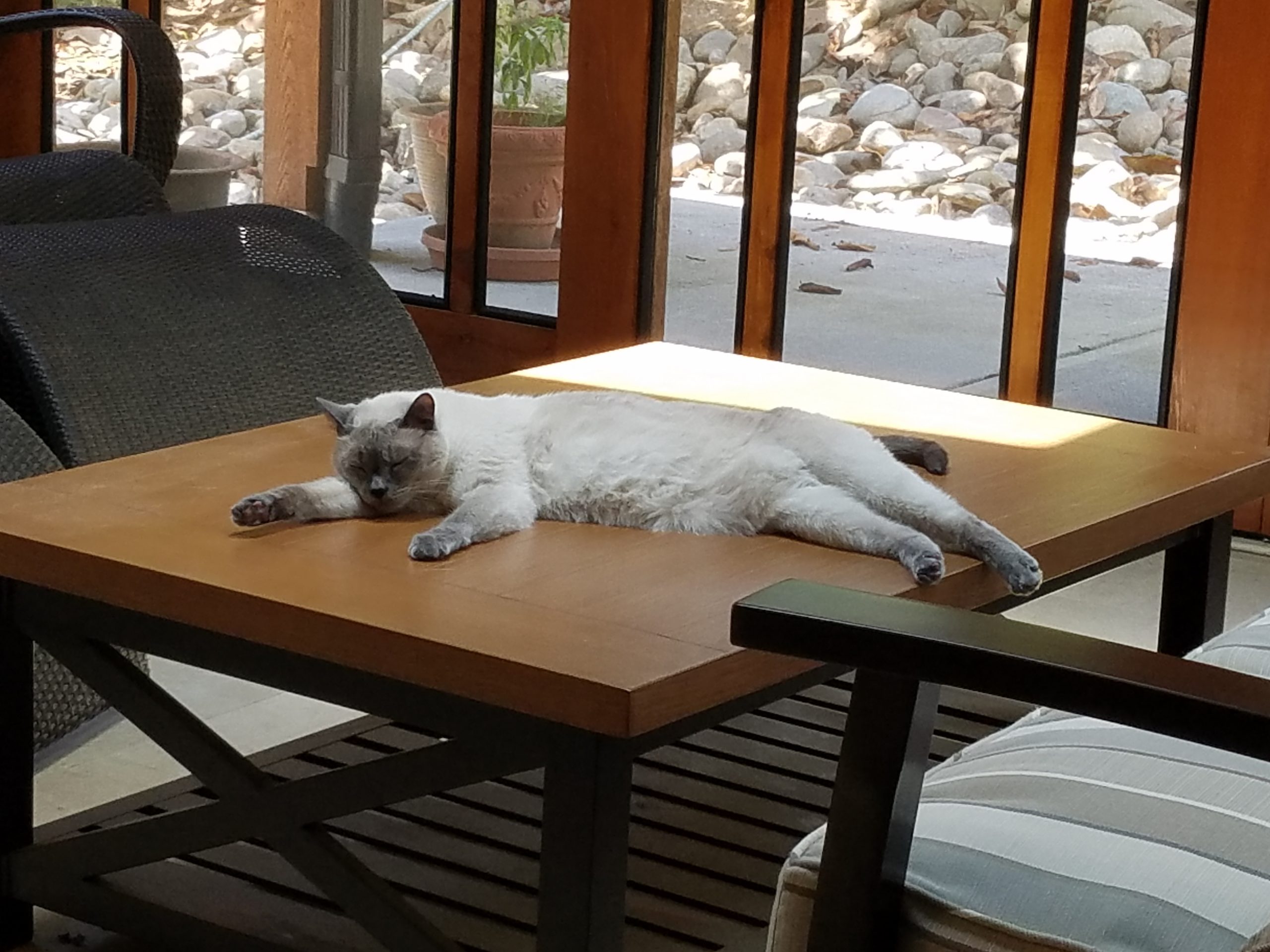I feel a profound sense of hope and relief. Since taking office this past week, President Biden has vowed to use FEMA and the National Guard to build Covid vaccination centers, the National Defense Production Act to increase COVID-19 testing and availability of PPE (personal protective equipment, e.g. gloves, masks, gowns, etc) supplies, and to rejoin the World Health Organization, so that U.S. scientists can collaborate with scientists around the world in a coordinated effort to combat a virus that knows no local, regional, national, or territorial boundaries. This brings hope that the numbers of COVID infections and deaths will begin to fall, and that life will begin to return to some semblance of normal. Dr. Fauci is unchained, allowed to speak freely, even if his predictions are not optimistic, or the news unfavorable. This engenders trust. After all, physicians must sometimes tell patients things they don’t want to hear. If the diagnosis is unwelcome, for example cancer or heart disease, facts and the truth enable a course of action that may, and hopefully will, improve prognosis. Lies or deceit, misleading or “false facts” undermine credibility at best; at worst, they cause needless pain and suffering, they endanger lives.
Typically, the dawning of a new year brings the promise and hope of better days ahead. Given the challenges and upheaval of 2020, it is reasonable to say that most of us were counting on it. Sadly, however, on January 2, 2021 my husband and I lost our beloved Esmeralda. She was a blue point Siamese, very vocal, opinionated, bossy, and not entirely sure that she was a cat. She asked us to play fetch with her favorite toys (especially “Mr. Fuzzy,” a plush ferret/gopher/squirrel amalgamation), depositing them repeatedly at our feet, then retrieving them when tossed across the room. We tired of this game long before she did. Once, she memorably trapped one of her feline sisters in a cardboard box, sat on the lid, and swatted away the frantic paws extended thru the slats by her very unhappy prisoner. She commandeered “her” corner of the couch on the porch, the spot with the most sunshine, and mercilessly chased away any interlopers. She also had a peculiar penchant for paperclips, stealing them from secured papers, even those tucked away in folders, and depositing her purloined treasures into her food bowl (for reasons which remain a mystery), leaving scattered, important, and thoroughly disorganized documents trailing across tables, desks, chairs, and floors. But we loved her, because of, and in spite of, her quirks.
At the end of September, we returned home from a trip to Florida (by car, and maintaining social distancing and masking while away), to discover that the lower half of Esmeralda’s left eye had become opaque. Within a month, Esmeralda had seen her general vet, a veterinary ophthalmologist, and a veterinary internist, as she quickly developed diabetes, pancreatitis, and a bilateral secondary eye infection in addition to her original eye condition. Despite excellent care, a unifying diagnosis remained elusive. She was switched to a special diet that required complicated shenanigans, given the need to keep it away from one cat who was allergic to its contents and a different, gluttonous cat who would assertively displace Esmeralda, so that she could devour the contents of the can herself. Despite our vigilance, pills, injections, and even placement of a continuous blood sugar monitor designed for humans which necessitated installation of a confusing phone app, her condition worsened. Eventually, the vet concluded that she most likely had a lymphoma within her central nervous system, and suggested that we travel to Cincinnati for an emergent MRI, followed by a 20-week course of chemotherapy. The treatment would entail sedation for each dose, lest the medication escape the vein, and even then, the prognosis was dire. This did not seem to us to be a responsible choice. Esmeralda was not a chill cat, and this would be absolute torture for her, with nothing to gain, and so we declined. By the end of December, our darling girl was unable to maintain her balance to walk, and had to be carried to her litter pan, and steadied by our consoling hands in order to do her business. This was no quality of life. Dr. O, our kind vet, confirmed what we knew in our hearts to be true-she was suffering. And so, we let her go.
In so many ways, we were fortunate. Unlike 25-50% of Americans who must forgo healthcare due to cost, we were spared the emotional anguish and adverse consequences of depriving Esmeralda of necessary care during her ordeal. Although we lost her in the end, we were comforted by the knowledge that we did everything within reason to return her to her previous state of health. In contrast to the usual scenario associated with the provision of human medical care, we knew the price of exams and tests before they were performed. There was no surprise medical billing and we were not left with extravagant debt. Although most discussions were by phone from our COVID-safe car in the parking lot, we had as much information regarding her condition as it was possible to obtain under the circumstances, and we were able to fully participate in the decision-making process. At no point did the vet lead us to believe that the situation was less grave than it was, nor give us false hope. It was reality-based care built on science and trust.
This is what I hope for all of us- that we are able to rest secure in the knowledge that we can have the care that we need, when we need it, without having to choose between our health vs food, shelter, education, or bankruptcy. Illness is hard and frightening enough as it is. America isn’t there yet, but it can be, if action follows hope.

